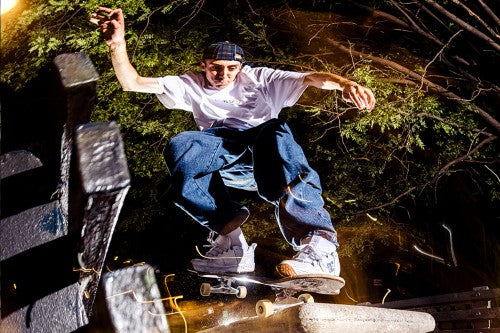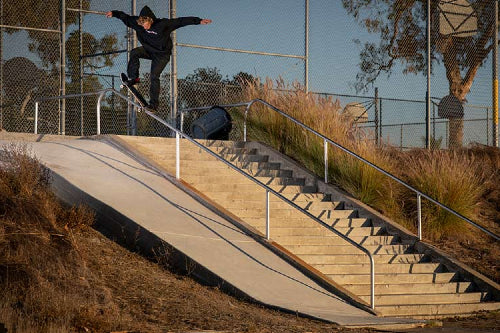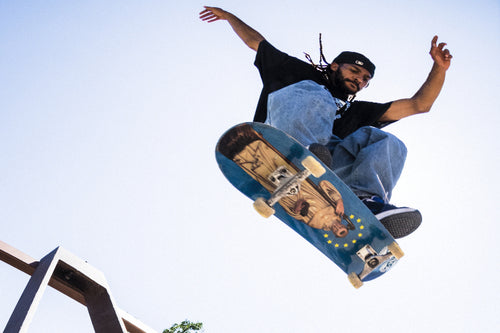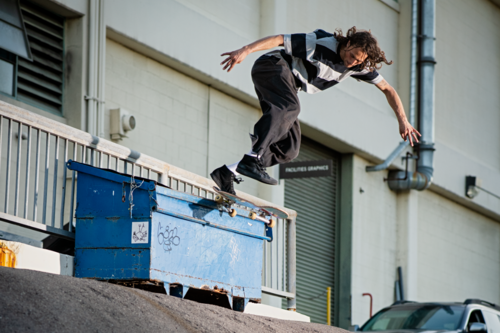SKATE PRODUCT GUIDES
How To Lace Skate Shoes
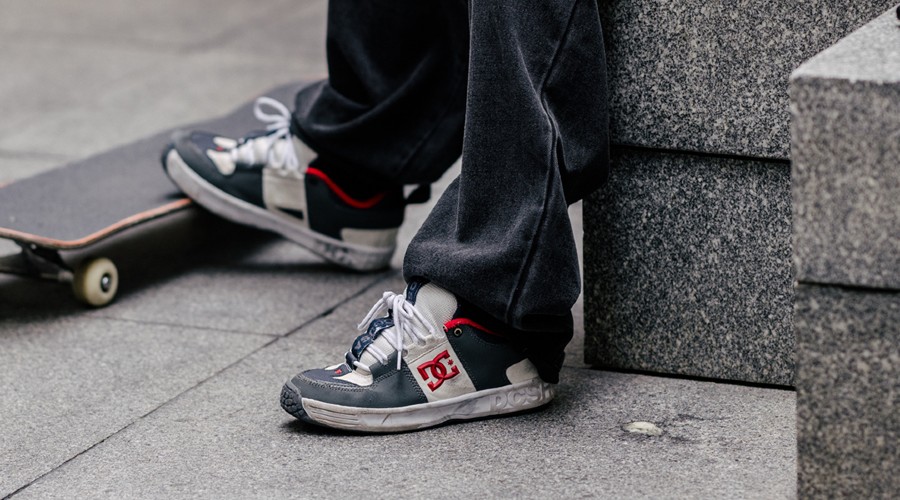
Lacing your skate shoes is not just about style, it can also influence the performance and lifespan of the shoes. Shoelaces keep your shoes snugly secured to your foot while skating. The way your shoes are tied can also be an expression of creativity.
Skateboarding puts an extra demand on laces because they need to withstand the abrasion caused by the griptape. The way we tie our shoes can make our laces last longer and even help us avoid injury.
In this article we’ll explore three of the most common ways to lace your skate shoes:
- Straight lacing for a stylish skater look
- Cross lacing for traditional comfort
- Zipper lacing for precise support
Straight Lacing
Straight lacing, aka bar lacing, is a popular method of tying skate shoes that gives the look of stacked horizontal lines floating from the toe of the shoe to the tongue.
Bar lacing is actually a great way to minimize the amount of lace that is exposed to abrasion as our foot slides up the griptape of the board. This lacing method also leaves us with a significant amount of leftover lace, giving us lots of material to retie when our laces snap.
How To Straight Lace Shoes:
- Lay the lace across the bottom row, nearest the toe, and feed it through the topside of the eyelets towards the tongue.
- Pull the remaining lace up to the next eyelet on the same side and through the eyelet from the underside to the topside.
- Pull the lace horizontally across the tongue and down through the eyelet on the opposite side from the topside to the underside.
- Next, pull the lace up to the next eyelet on the same side and repeat the process until you reach the top eyelets, closest to the ankle.
- At the top, the laces can be tied in a bow above or under the tongue, or cut off and secured with anchor knots.
SHOP MEN'S SKATE SHOES SHOP WOMEN'S SKATE SHOES
Cross Lacing
Cross lacing is what we think of as traditional lacing where the laces criss-cross in the middle of the tongue as they are woven through each of the eyelets.
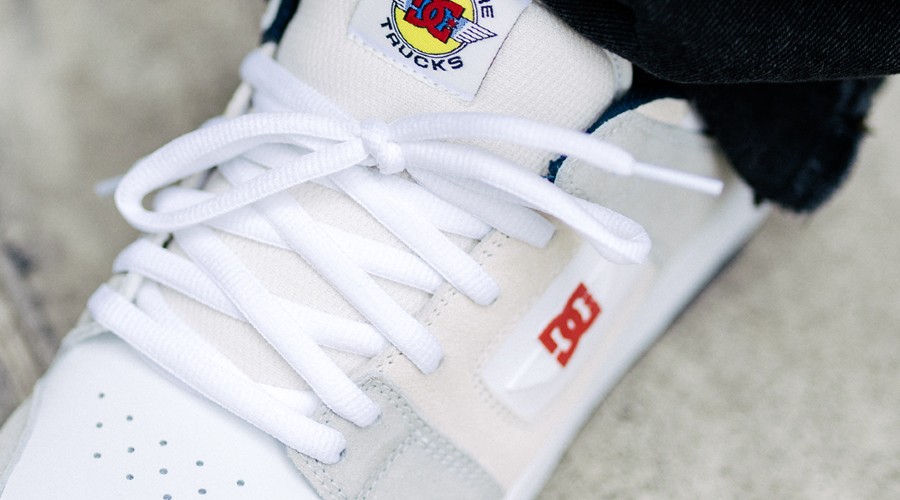
Cross lacing is a comfortable and easy way to lace your skate shoes and is the quickest to repair when your laces break. The criss-crossing laces make it easy to customize the tightness of your shoes in key areas for improved heel hold or to leave room for a larger forefoot.
How To Cross Lace Shoes:
- Thread the lace through the two bottom eyelets, nearest the toe, from the underside to the topside, with the laces coming up and out of each eyelet.
- Next, pull one of the laces diagonally across the tongue to the next opposite eyelet.
- Repeat with the other side of the lace so that they criss-cross over the tongue.
- Repeat the same criss-cross pattern until you reach the top eyelets, closest to the ankle.
- At the top, the laces can be tied in a bow above or under the tongue, or cut off and secured with anchor knots.
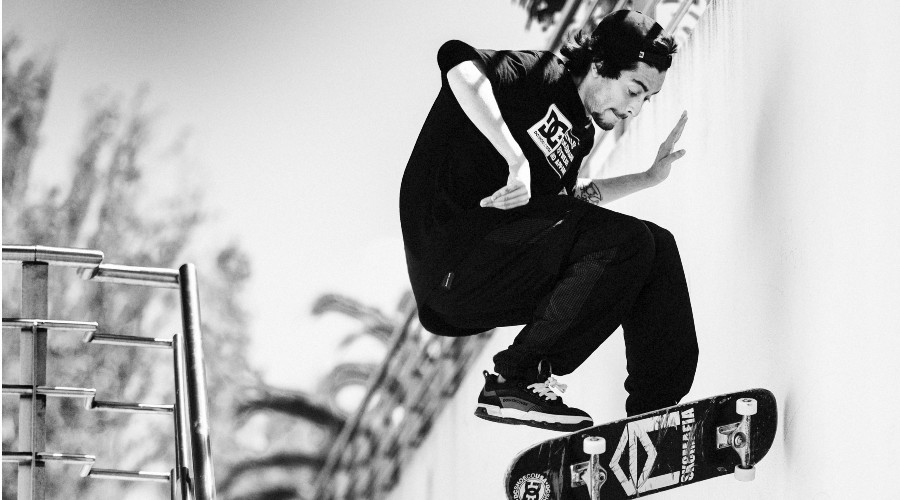
Zipper Lacing
Zipper lacing is similar to cross lacing with the added benefit of tying a half-knot at each eyelet which maintains tightness as you lace.
Some skaters prefer a snug fit around their ankles while keeping a looser feel around their toes. Zipper lacing allows us the precision of leaving one zone of the shoe loose while keeping another zone tight.
How To Zipper Lace Shoes:
- Thread the lace through the two bottom eyelets, nearest the toe, with the laces coming up and out of each eyelet.
- Next, loop the lace around the lace you just threaded into the eyelet, creating a half-knot, and pull it through the next-highest opposite eyelet.
- Repeat with the other side of the lace so that they criss-cross on the tongue.
- Repeat the same pattern of looping and threading until you reach the top eyelets, closest to the ankle.
- At the top, the laces can be tied in a bow above or under the tongue, or cut off and secured with anchor knots.
Lacing Without a Bow
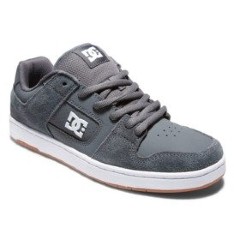
Lacing without a bow is a good way to ensure that your shoes don’t loosen while skateboarding. Loose or dangling laces can get caught in your wheels and lead to an accident, so lacing without a bow by tying two single knots at the top eyelets is a good way to keep you safe.
How To Lace Shoes Without a Bow:
- Lace your shoes with your desired method and stop at the second to last eyelet.
- Thread the top eyelet so that your laces finish inside the shoe rather than towards the outside.
- Tie two single knots on the inside of the shoe so that they act as an anchor against the top eyelet.
- Tuck in or cut off the remaining length of lace.
Specific Lacing Techniques for More Comfort
Protect Your Ankles (How To Avoid a Slipping Heel)
There’s nothing worse than pushing your skateboard only to feel your heel slip inside your shoe.
To avoid this, use one of the lacing methods described above and finish it off with a double knot. This will not only ensure your shoe stays on your foot while pushing, but it will keep your heels secured in the shoe as you pop and land your tricks.
Avoid Toe Pain
Toe pain can be caused by several factors including shoes that are laced too tightly. The zipper lacing method described above can be a good way to keep your shoes loose around the toe box while ensuring that the heel is laced securely.
Toe pain can also be caused by wearing shoes that are either too big or too small. Too small and your toes will be squished. Too big and your toes will repeatedly slide forward and hit the front of your shoe.
Keep Narrow Feet Tight
If you have narrow feet, it’s essential that you keep your shoes laced tight. As mentioned above, narrow feet can have the tendency to slide around in shoes and cause discomfort.To make sure you buy the right pair of shoes for you, read our article on "How To Choose Skate Shoes".
With the help of this article, you’ll know how to lace your shoes to skate your best.
Related Articles
learn more

